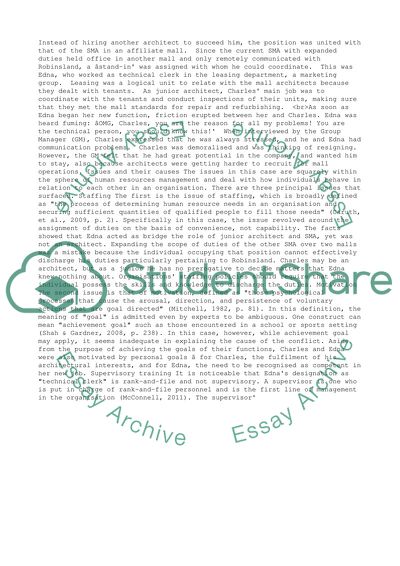Cite this document
(“Human resources management. Personal Case Study Reflection Essay”, n.d.)
Retrieved from https://studentshare.org/management/1483756-human-resources-management-personal-case-study-reflection
Retrieved from https://studentshare.org/management/1483756-human-resources-management-personal-case-study-reflection
(Human Resources Management. Personal Case Study Reflection Essay)
https://studentshare.org/management/1483756-human-resources-management-personal-case-study-reflection.
https://studentshare.org/management/1483756-human-resources-management-personal-case-study-reflection.
“Human Resources Management. Personal Case Study Reflection Essay”, n.d. https://studentshare.org/management/1483756-human-resources-management-personal-case-study-reflection.


